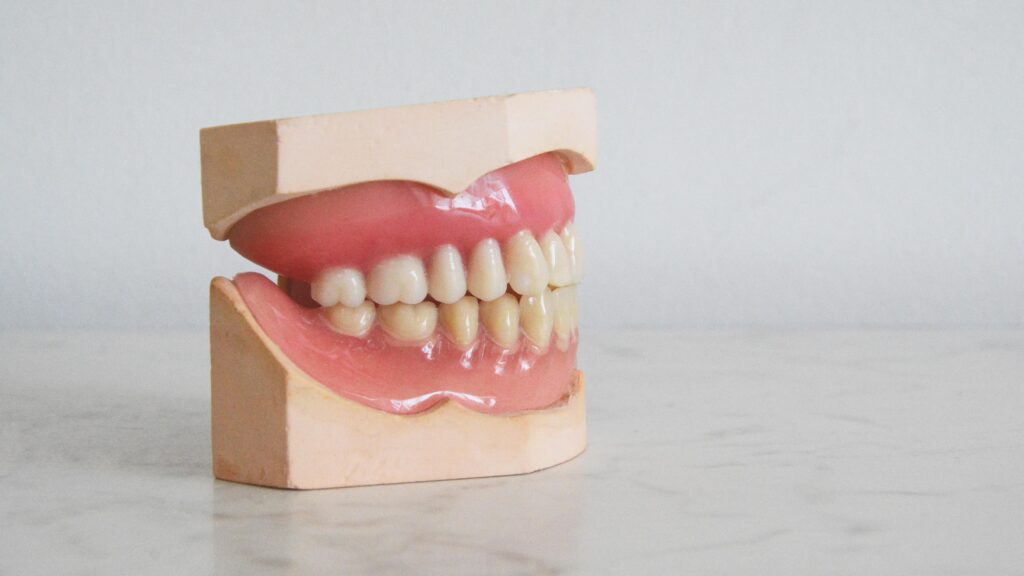Dental Notice: Are You Prone To Cavities?
Some individuals are prone to getting cavities even though they brush their teeth twice or more every day, floss every nook and cranny in their mouths, and use an oral rinse to flush remaining food debris and bacteria out of their mouths.





